One day I went down to the village library, taking great care to ensure that nobody else was about. The library was a small affair; shabby, dark wainscotting, and other stuff. Sunlight streamed in through a series of stained glass windows. The room was otherwise fairly dark. There were two shelves, both placed across from each other, with a large table in between them. On that table were old newspapers, stained with ink.
I inhaled and exhaled and then I went to find a book that would tell me more about the history of this village. What was the meaning behind the dead bodies and the rituals I saw in the forest? Who was this moon goddess that they worshipped? Why did they kill that rich kid? More importantly, where were they keeping other people stupid enough to enter the village? I found an edition of the Encyclopedia Britannica, and scanned it for some form of information concerning this moon goddess.
The priest had mentioned a name. What was it? Chani? I flicked through the encyclopaedia and I eventually found what I was looking for:
CHANG’E: Chinese moon goddess. According to legend, she was originally a mortal woman married to an archer known as Houyi, who shot down the ten suns that rose in the sky before the one sun was created. She was provided with an immortality elixir that she and her husband were supposed to drink, but instead she selfishly drank all the elixir herself. As punishment she was banished to the moon, never to remain on earth.
Beneath the entry was a picture of a Chinese print depicting a woman with dark hair and dressed in a lightly-coloured robe. She was quite beautiful, insofar as the standards could be matched by the artstyle. I must confess that, even back then, I was completely unfamiliar with Chinese mythology. I hadn’t learned much mythology at all. That school I attended back in Southampton couldn’t even be bothered to teach me any. They apparently didn’t even consider it a topic worth studying. At the time I was seven, they’d stopped teaching the Classics, which, as I should consider, was one of the stupidest moves they could ever have pulled off. Elitist, indeed!
The picture next to it resembled the one that had been on the wall of Elder Willoughby’s mansion almost perfectly.
I stared at the entry in the Britannica. It certainly explained some things, but what it didn’t explain was why a small English village were secretly practicing sacrifices to a moon goddess from the East in the middle of the woods by the light of the full moon. Why did such horrible practices exist there? Anyway, I scoured more shelves, desperate to find some answers, and I eventually found a book which may have had some answers. It was a very dark book, with a picture of a Chinese character on it. It was clearly worn with age, and it was covered with dust. Its spine had all but fallen off. Its title proclaimed it to be A History of Oriental Neopaganism in the English-Speaking World by Professor Abraham Wright, Regius Professor of Oriental Studies at the University of Gloucester.


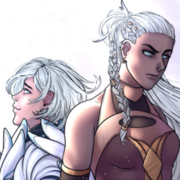

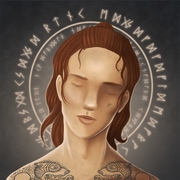
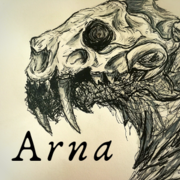
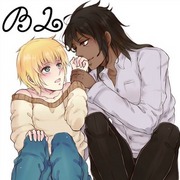


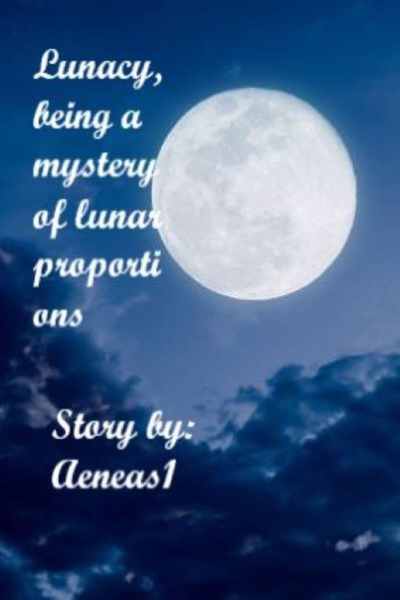

Comments (0)
See all